Best Seasons for Foundation Repairs
Foundation repairs are most effective when performed during mild weather conditions. Optimal timing typically falls in the late spring and early fall, when temperature fluctuations are minimal and ground conditions are stable. Avoiding extreme cold or heat reduces the risk of additional soil movement, which can compromise repair stability.
Performing foundation repairs in spring allows for better soil conditions and easier access to affected areas.
Fall offers cooler temperatures and stable ground, reducing the risk of soil expansion or contraction during repairs.
Extreme cold in winter can hinder repair work, while summer heat can cause soil to dry out and shift, complicating repairs.
Dry, consistent weather patterns are ideal for foundation repair projects to ensure stability and safety.

A contractor stabilizing a foundation with underpinning techniques.

Soil being prepared for foundation reinforcement in favorable weather.

Inspecting a foundation before beginning repair work.

Ways to make Foundation Repairs work in tight or awkward layouts.

Popular materials for Foundation Repairs and why they hold up over time.

Simple add-ons that improve Foundation Repairs without blowing the budget.

High-end options that actually feel worth it for Foundation Repairs.
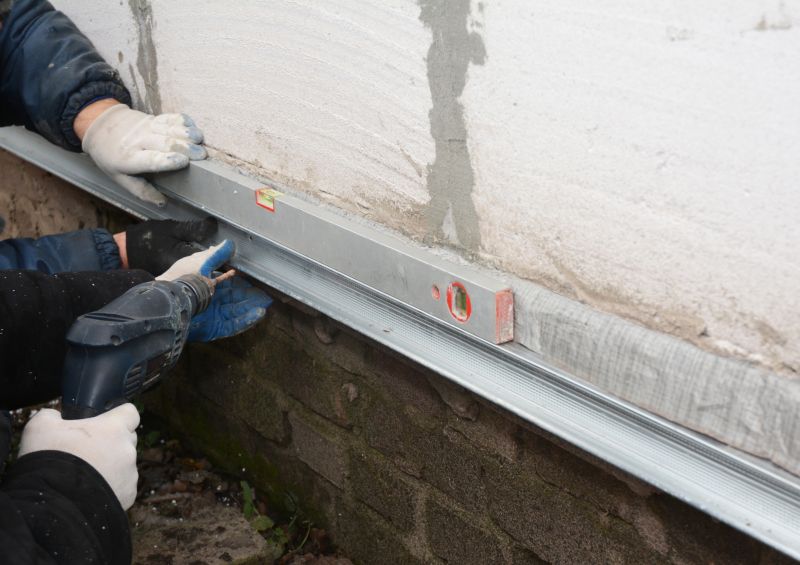
Finishes and colors that play nicely with Foundation Repairs.
| Season | Ideal Conditions |
|---|---|
| Spring | Moderate temperatures and moist soil |
| Summer | Dry and warm, but risk of soil drying out |
| Fall | Cooler temperatures and stable ground |
| Winter | Cold temperatures and frozen ground |
Foundation repairs address issues such as settling, cracking, and shifting that can compromise structural integrity. Proper timing ensures that repairs are more durable and less prone to future movement. Soil conditions play a significant role, as moist soil expands and contracts with weather changes, impacting the foundation's stability. Repairing during periods of soil stability minimizes further damage and extends the lifespan of the fix.
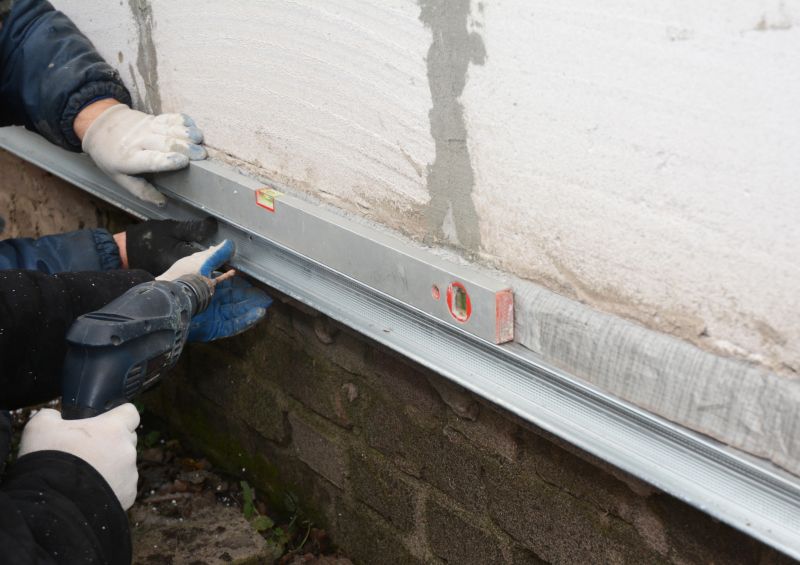
A team performing underpinning to stabilize a foundation.
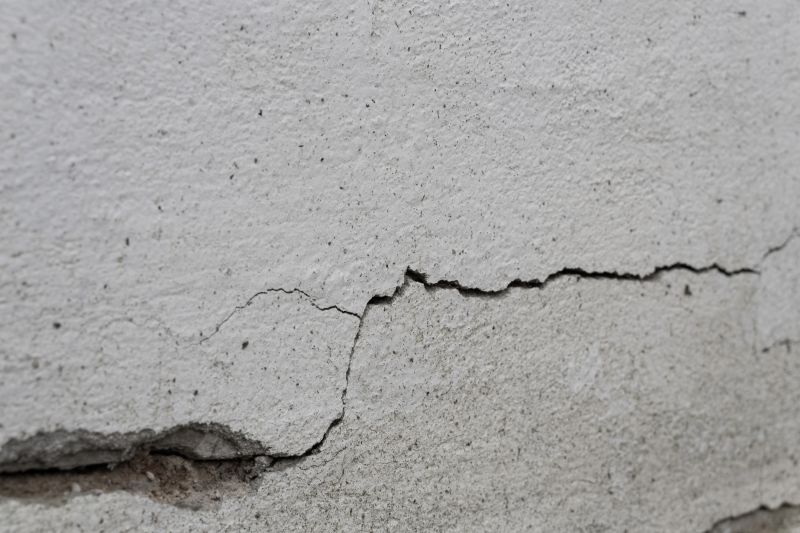
Repairing foundation cracks to prevent further damage.
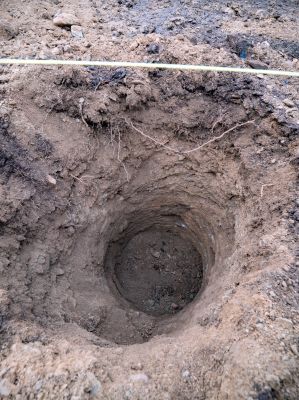
Assessing soil conditions before foundation work.

Detailed inspection before starting repairs.
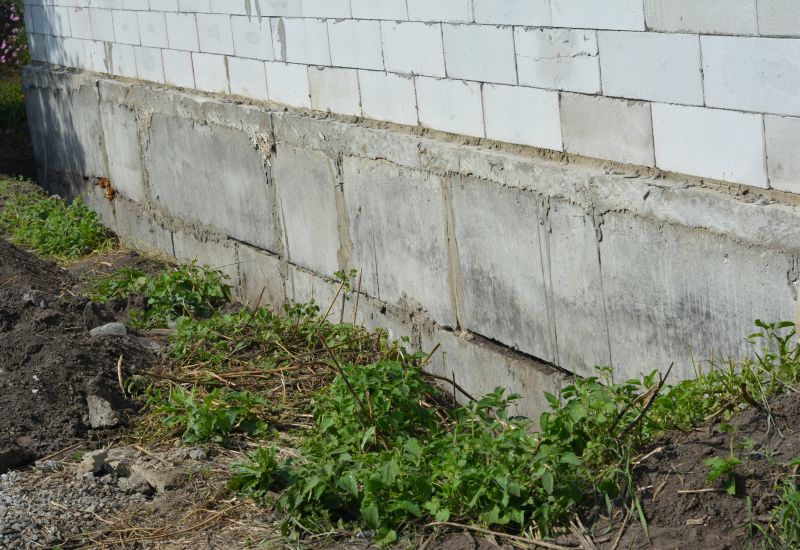
A 60-second routine that keeps Foundation Repairs looking new.

A frequent mistake in Foundation Repairs and how to dodge it.

Small tweaks to make Foundation Repairs safer and easier to use.

Lower-waste or water-saving choices for Foundation Repairs.
Timely foundation repairs are crucial for maintaining the safety and value of a property. Ignoring signs of foundation issues can lead to more extensive and costly repairs later. Consulting with a foundation specialist can help determine the best time for repairs based on local climate and soil conditions. Properly scheduled repairs can prevent further damage and preserve the structural integrity of a building.
Cracks in walls, uneven floors, and sticking doors are common indicators.
Prevent further damage, improve safety, and maintain property value.
A foundation expert can evaluate the condition and recommend the best time for repairs.
Proper timing and quality repairs ensure long-lasting foundation stability.

